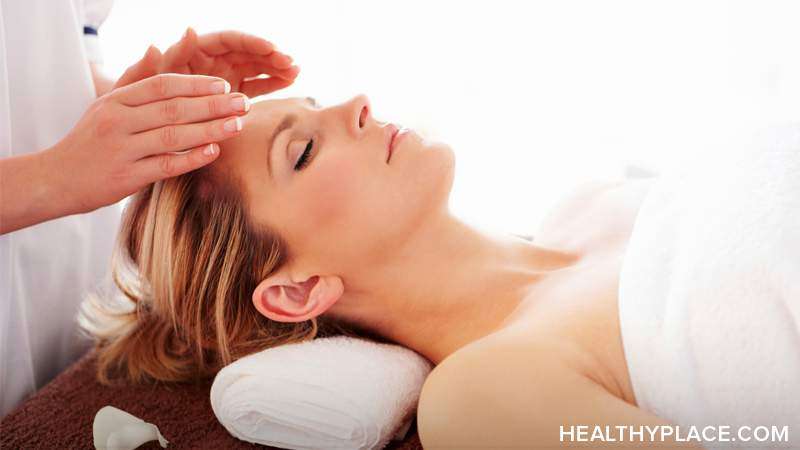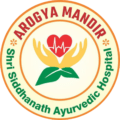Want a complete
Relaxation
for your
Body, Mind & Soul?

Ayurvedic relaxation therapies aim to promote physical, mental, and emotional well-being by restoring balance to the doshas (Vata, Pitta, Kapha) and enhancing overall vitality. These therapies often involve a combination of traditional techniques, herbal preparations, and therapeutic practices to induce a state of deep relaxation. Here are some key Ayurvedic relaxation therapies:
1. Welcome Drink –
- You will receive welcome drink at first. This welcome drink is a special herbal decoction made up from 24 different herbs helps to prepare body for further procedures and also acts as a digestive supplement.
2. Nasya:
- Nasya involves the administration of medicated oils or herbal preparations through the nasal passages. This therapy is believed to promote mental clarity, alleviate stress, and balance the doshas, especially Vata.
3. Netra Tarpana (Eye Rejuvenation):
- Netra Tarpana involves retaining medicated ghee around the eyes using a dam made of dough. This therapy helps relieve eye strain, dryness, and promotes overall eye health.
4.A – Abhyanga (Ayurvedic Massage):
- Abhyanga involves the application of warm herbal oils on the entire body, followed by a gentle massage. This therapy helps improve circulation, lubricate joints, nourish the skin, and promote relaxation. Different oils may be used based on an individual’s dosha constitution.
4.B – Pizhichil:
- Pizhichil involves pouring warm, medicated oil over the body while simultaneously massaging. This therapy helps alleviate muscle tension, improve joint flexibility, and induce a deep sense of relaxation. It is particularly beneficial for Vata imbalances.
5. Marma Abhyanga:
- Marma points are vital energy points in the body. Marma Abhyanga involves massaging these points with gentle pressure to release blocked energy, enhance circulation, and promote relaxation.
6. Shiroabhyanga (Head and Scalp Massage):
- Shiroabhyanga focuses specifically on the head, scalp, and neck. Warm oils are applied and massaged into these areas to promote relaxation, improve hair and scalp health, and reduce tension.
7. Swedana (Herbal Steam Bath):
- Swedana involves exposing the body to herbal steam to induce sweating and promote detoxification. This therapy helps open up the channels, relieve stiffness, and release accumulated toxins from the body.
8. Gandusha and Kavala (Oil Pulling):
- Gandusha involves holding medicated oil in the mouth, while Kavala involves swishing the oil. Both practices are believed to improve oral health, strengthen the jaw, and have a calming effect on the nervous system.
9. Aroma Therapy
- Aromatherapy is a holistic healing practice that uses natural plant extracts, known as essential oils, to promote physical, mental, and emotional well-being.
10. Shirodhara:
- Shirodhara is a classic Ayurvedic therapy where a continuous stream of warm oil, herbal decoction, or medicated buttermilk is gently poured onto the forehead (the “third eye” region). This technique helps calm the nervous system, relieve stress, and enhance mental clarity.
11. Udvartan & Snan
- Udvartan is powder application to the body. Which helps to remove skin debris and extra oil. Followed by hot water bath is essential for better relaxation.
12. C.S.T
- Craniosacral Therapy (CST) is a holistic and hands-on approach to healthcare that centers around augmenting the body’s innate healing capabilities. In CST, practitioners employ gentle touch and manipulation techniques, primarily focusing on the craniosacral system, which includes the membranes and cerebrospinal fluid that surround and protect the brain and spinal cord. The therapy is grounded in the idea that subtle rhythmic movements occur in this system, and by identifying and addressing any imbalances or restrictions, the body’s self-healing mechanisms can be activated.
These Ayurvedic relaxation therapies are often part of Panchakarma, a comprehensive detoxification and rejuvenation program. It’s crucial to consult with us to determine the most appropriate therapies based on individual dosha imbalances and health conditions. Additionally, these therapies are typically performed by trained Ayurvedic therapists in a professional setting.
